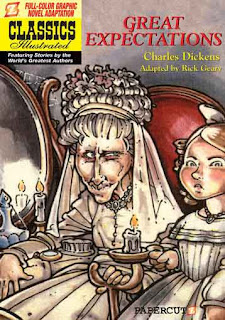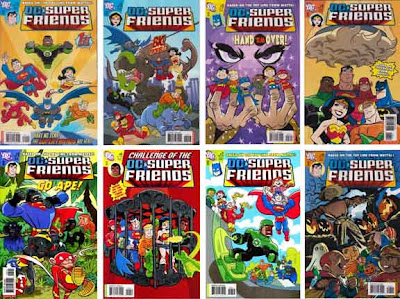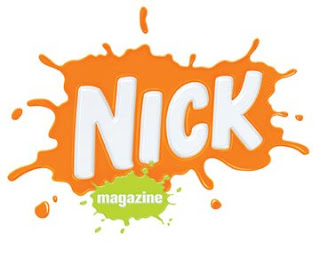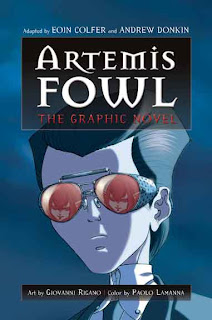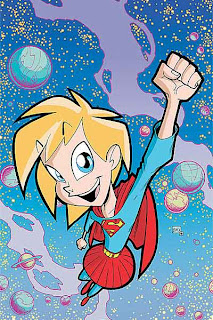

By Chris WilsonEditor-in-GeekAs you have undoubtedly noticed, I have never written a single-issue review because I want to get a thorough feel of a story in order to write a comprehensive and accurate review. I made an exception in the case of SUPERGIRL because we have so few female superhero books for children. Most of the time, the superhero books for kids are either male- or team-oriented.
My daughter and I have been looking forward to
SUPERGIRL’s release for months now, hoping and finger-crossing that the book would be well crafted. It did not disappoint. The daughter, having had a terrible day from the moment she woke up, walked into my office after school, took the book off my desk and sat in my easy chair. While my wife and I cooked dinner, Sophie read her book, emerging later with a better outlook on life. Like our other reviewer, Kevin, I pay attention to the books my child snatches up immediately and I question her afterwards to check her comprehension and enjoyment.
Sophie stood in the middle of the kitchen floor, spinning left and right, flapping her arms and talking incessantly about the adventures of her first female super heroine. She retold the story and referenced pages. Because of the importance and rarity for an all ages super female story, I sat down to write.
Supergirl wastes no time making a mess of her unexpected life on Earth. After a fight with her parents, typical teenager Kara runs off and hides in her father’s Kryptonian rocket headed for Earth, supposedly carrying naught but a message for Superman. Unbeknownst to her parents, they send the rocket through space and time, straight for Superman, our galaxy’s greatest hero. That is the story of Supergirl. Now that she’s here, she cannot get back because of some dimensional barrier. She’s stuck with us.
Our young protagonist no sooner lands that the media is on her snapping photos. Innocent Kara realizes she can see through their clothes and she is upset. “I don’t want to see through everyone’s clothes!” From the art to the outset of the story, Supergirl is an innocent young girl with morals and values.
DC presents us with a non-sexualized version of feminine heroism, a real girl with real problems that flesh and blood readers can relate to, complete with teenage turmoil and wild emotions. She is not a big breasted, pouty-lipped woman - a Bratz doll - posing as a teenager. She is a regular 13-year-old girl.
A few pages in, Kara (her Kryptonian name) is explaining how she ended up leaving her home planet. The beauty here is that she tells the story from her perspective: a perfect little angel whose parents were simply irrational. Superman isn’t buying it, but we don’t know that until the next page, where Kara is forced to tell it how it really was.
Reading this scene gives teachers a chance to talk to young readers about perspective. Not everything in a book occurs exactly how it was portrayed. Sometimes characters, including the narrator, lie to the reader and we must be on the lookout for such deceptions or perspectives.
Superman acts quickly by giving Kara a pair of glasses, the same disguise as Clark Kent his alter ego, and changes her name from Kara to Linda Lee. How exactly does a pair of glasses fool all the Earthlings? Well, it’s called suspension of disbelief and it is part of the Superman mythos. Just accept it, make fun of it if you like, and debate it in class. It’s part of the Super story.
Supergirl #1 takes on the banner of young ladies everywhere by telling the every-girl story. It reminds me a lot of Amelia Rules! (
vol. 1,
vol. 2-3) and this yarn is sorely needed.
I
highly recommend you put this on your radar and add it to your monthly comic book store subscription so you get every single copy.
I have added three copies to my monthly subscription: one for my classroom, one for my daughter and one for my niece. It’s worth every penny. Suitable for
all ages.
Click here to see the five-page preview.
AUTHOR: Landry Q. Walker
ILLUSTRATOR: Eric Jones
COLORS: Joey Mason
LETTERING: Pat Brousseau
PUBLISHER: Johnny DC GENRE: Superhero
FORMAT: Monthly comic
ISSUE: #1
PAGES: 32
COLOR: Full color

